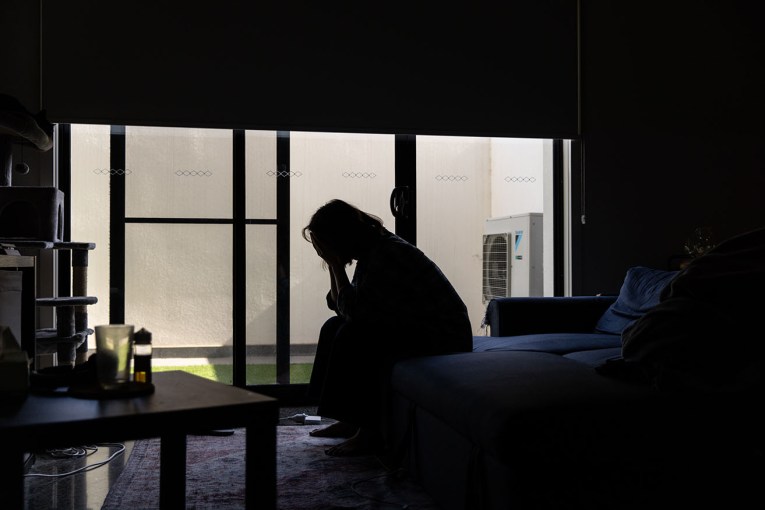Afghan mission mostly over for Defence
Prime Minister Tony Abbott has declared a “bittersweet end” to a decade of conflict in Afghanistan, after the deaths of 40 Australian soldiers.
However, our involvement in the war-torn country is far from over.
More than 1000 troops were due home by Christmas, with the pull-out from Oruzgan Province.
But about 400 will remain in other parts of Afghanistan in mostly non-combat roles for all of 2014 – perhaps longer – under the new international “Resolute Support” mission to provide ongoing support to Afghan National Security Forces.
Afghanistan is increasingly going it alone with its own security, and with considerable success.
The real challenge will come in 2015 when Afghan forces could face a resurgent Taliban with no or minimal outside help.
The history of Afghanistan indicates what could happen next.
The government of former president Najibullah hung on for three years when the Soviets departed in 1989. It later collapsed, ushering in a civil war and a Taliban regime, when the former Soviet Union imploded and cut off all financial and military aid.
Defence minister David Johnston is yet to lay down out the coalition’s vision for an Australian role in Afghanistan post-2014.
But the new government’s unlikely to back away from Labor’s commitment of $100 million a year for three years from 2015 towards the cost of running the Afghan National Army (ANA).
The ANA Officer Academy in Kabul, where Australian and UK instructors mentor their Afghan counterparts, envisages a five-year foreign military presence to achieve local self-sufficiency.
This plots a timeline well beyond 2014.
But it could all come to nought, for reasons outside Australia’s control.
The US has painstakingly negotiated a Bilateral Security Agreement (BSA) setting the rules for a post-2014 US military presence, tipped at around 8000 troops.
But an erratic Afghan President Hamid Karzai has refused to sign, saying it should be left to his successor who won’t be elected until the presidential poll in April 2014.
The US says if the agreement’s not signed soon, it will need to plan for total withdrawal.
This also creates a problem for the NATO partners, including Australia, which need to sign their own BSAs with Kabul.
Defence wasn’t a big issue during the 2013 federal election campaign, which swept Tony Abbott’s coalition into power.
But the coalition’s rhetoric has raised expectations it will be as strong on defence as John Howard in his time as prime minister.
In the 2009 Defence White Paper, Labor revealed big plans for an expanded and modernised force, with growing funding out to 2030.
The vision didn’t see out the year as the global financial crisis began to bite and the fiscal purse strings were tightened.
In its desire to return the budget to surplus, Labor raided defence’s allocation, only to relent and hand back some of that money last year when it realised the surplus was no longer achievable.
The defence budget stands at $25.4 billion, which is sufficient for now, but not for the longer term when expensive new equipment will need to be acquired.
Ahead of election, the coalition made two promises – it would produce a new Defence White Paper within 18 months and lift defence spending to two per cent, from about 1.6 per cent, of gross domestic product in a decade.
But the new coalition White Paper may back away from some of the ambitious plans of the last two White Papers.
Conceivably, Australia could have to get by with fewer than the 12 submarines promised by Labor.
As well, lifting defence spending to two per cent of GDP will be challenging for a federal government once again facing fiscal constraints.
On today’s figures, the government would need to find an extra $6.3 billion. Given GDP isn’t static, it’s likely to be much more and at a time when the government also wants to fund national infrastructure plans, schools, health services and more.
Defence also faces a domestic challenge in eliminating a culture of sexism and abuse that was exposed so shockingly by the 2011 Australian Defence Force Academy (ADFA) “Skype scandal”.
The case reached its legal conclusion this year when two ADFA cadets were found guilty of using a carriage service in an offensive manner.
One had secretly filmed himself having consensual sex with a female cadet and streamed the footage to fellow cadets. Both were placed on good behaviour bonds.
Then came the “Jedi Council” scandal, when a group of officers and NCOs allegedly shared offensive images and videos of their sexual exploits on the internet and defence computer network.
In a hard-hitting message to the troops, Army chief Lieutenant General David Morrison said there was no place in today’s military for this sort of conduct.
“And if that does not suit you, then get out,” he said.
It’s not known if anyone voluntarily took up this ultimatum. But six members of the “Jedi Council” were later shown the door, and there could be another seven to follow.
Despite the cultural problems and budget issue, Defence is ending more than a decade of involvement in Afghanistan in remarkably good order.
At no time since Vietnam has the Australian Defence Force, especially the army, been in such good shape. Its soldiers have experience of combat, coalition and other operations at every level.
Defence leader and Minister Johnston say they don’t want to see this hard-won capability squandered.








